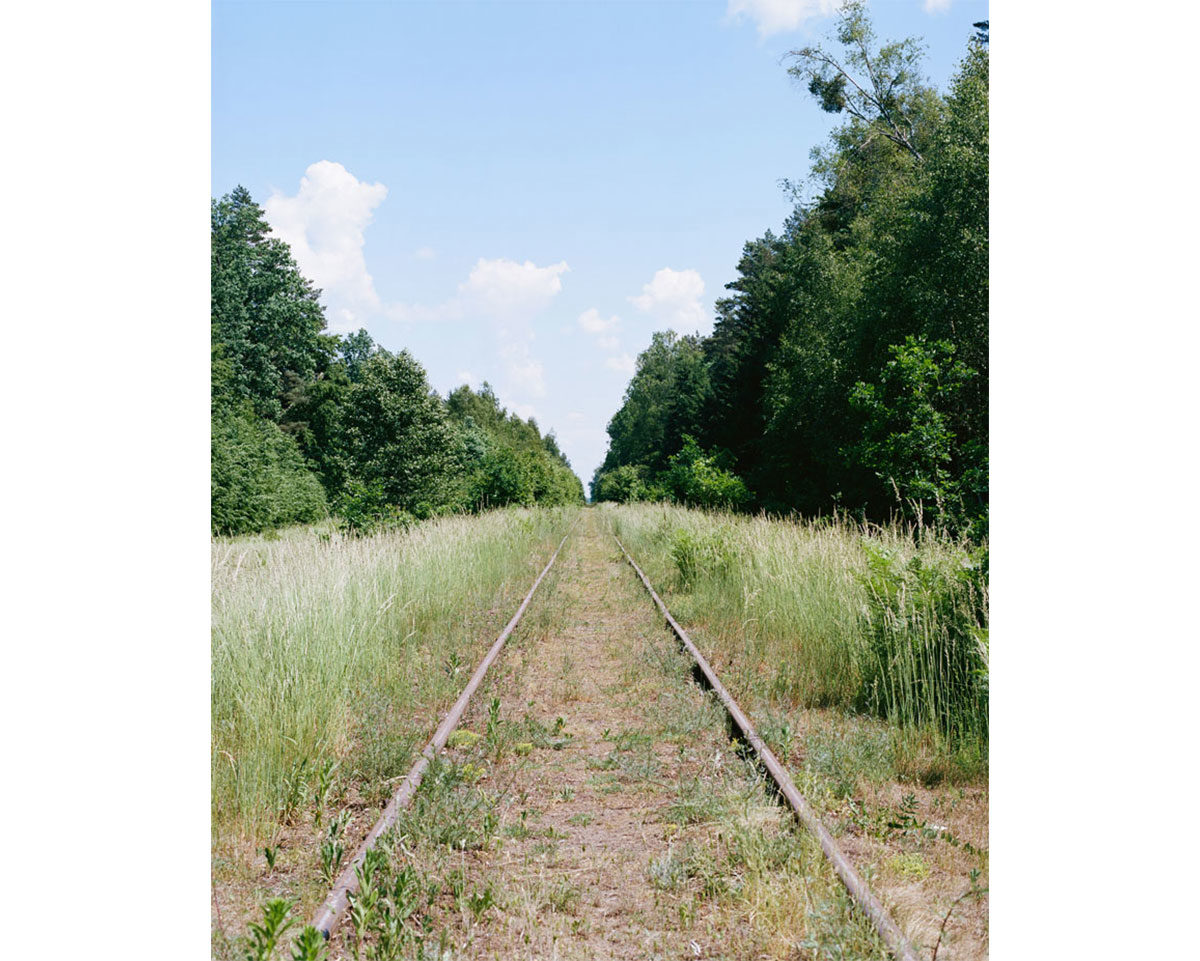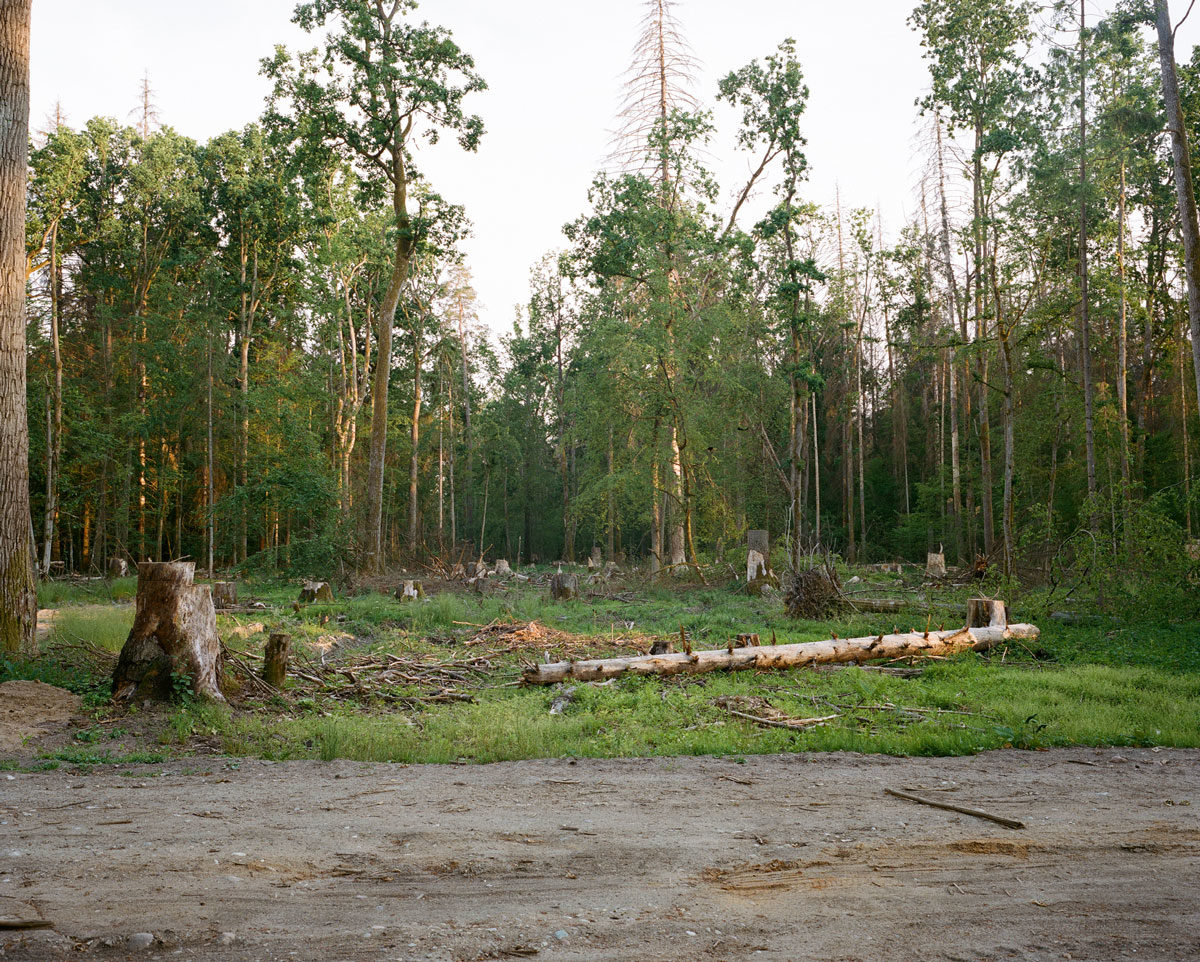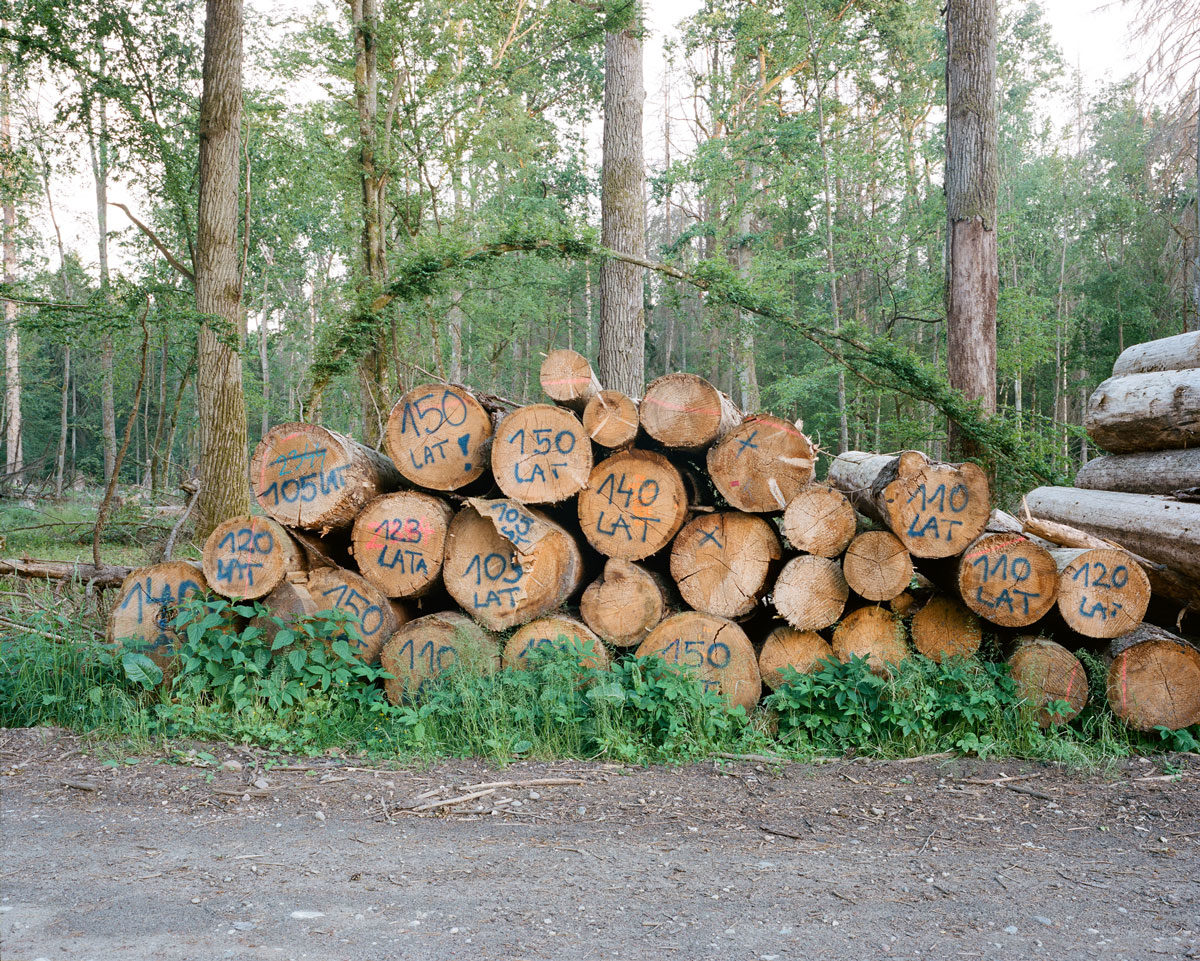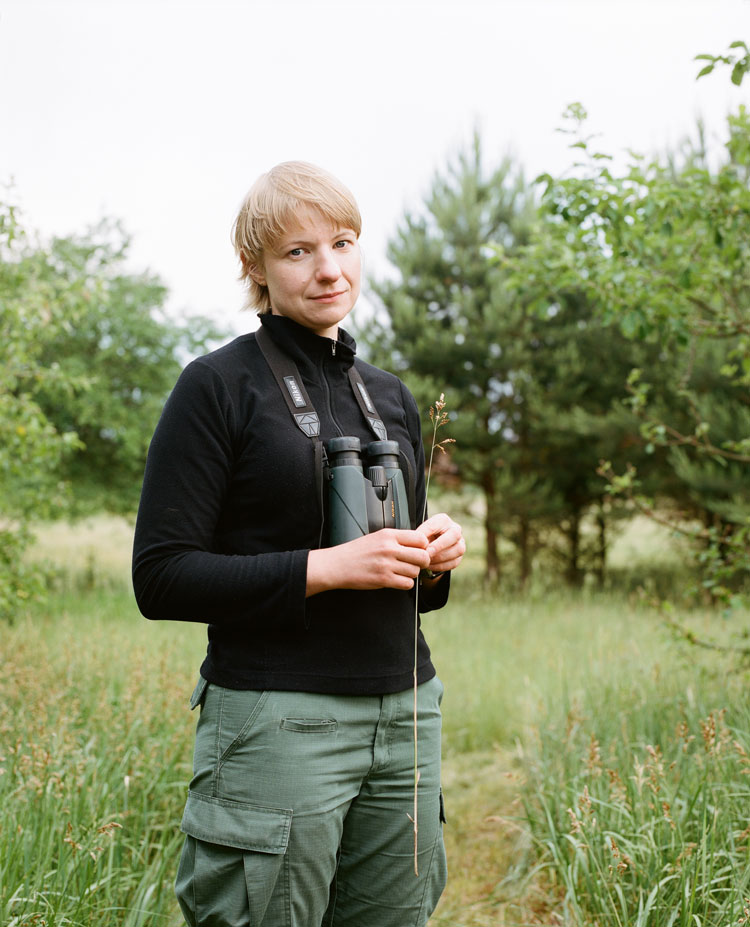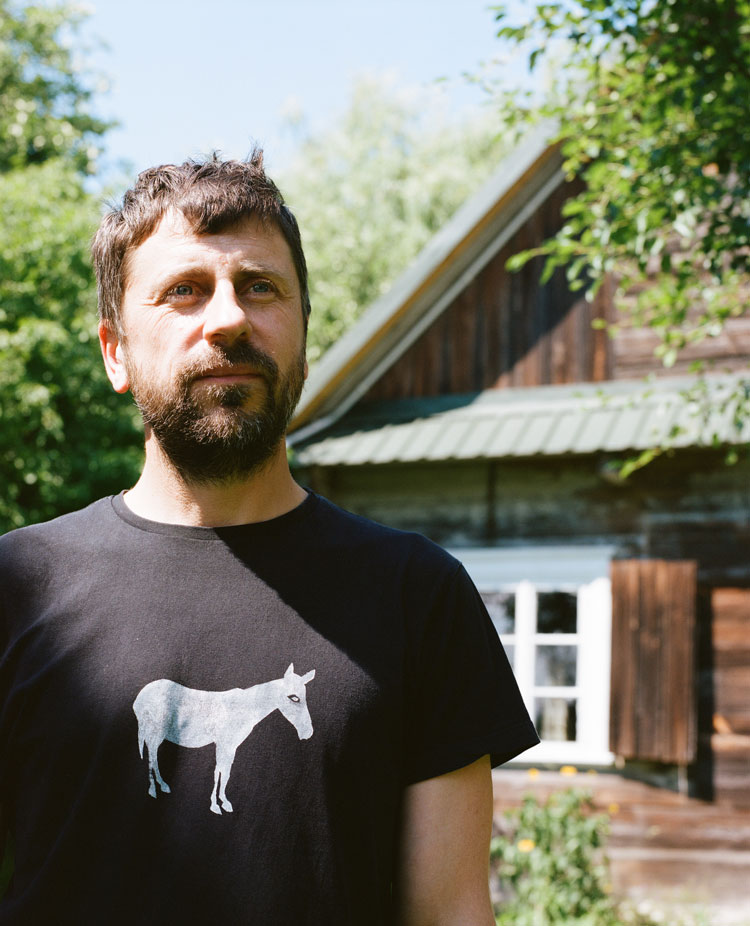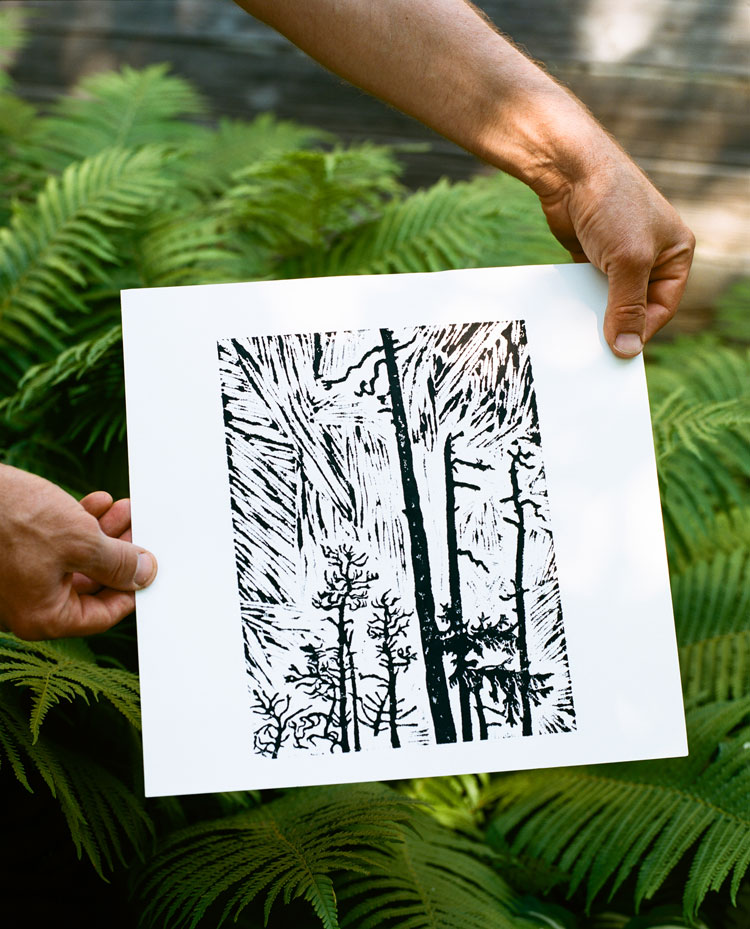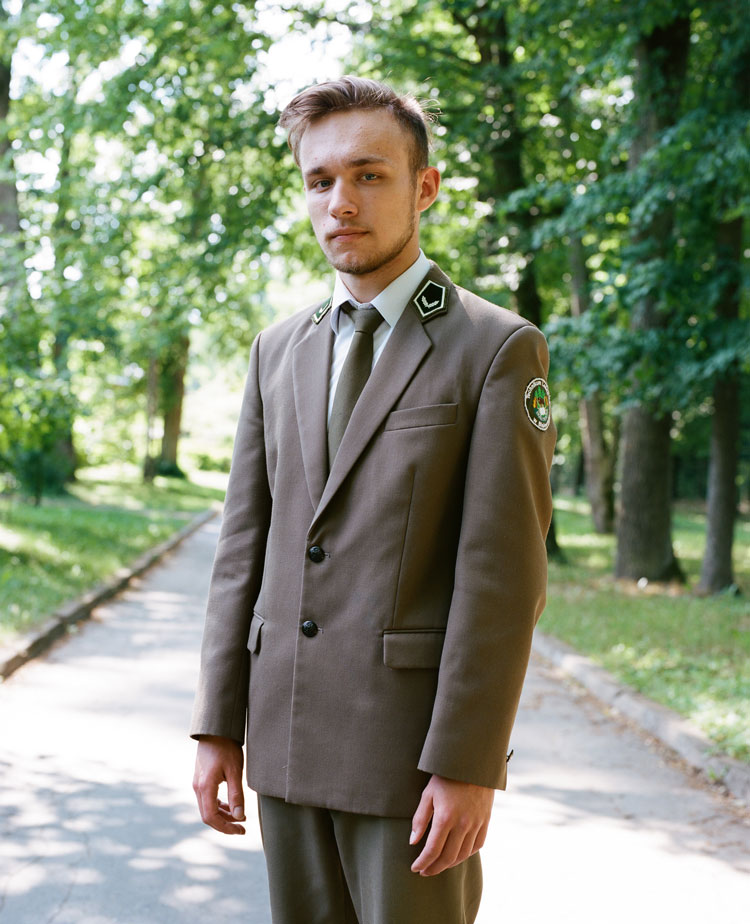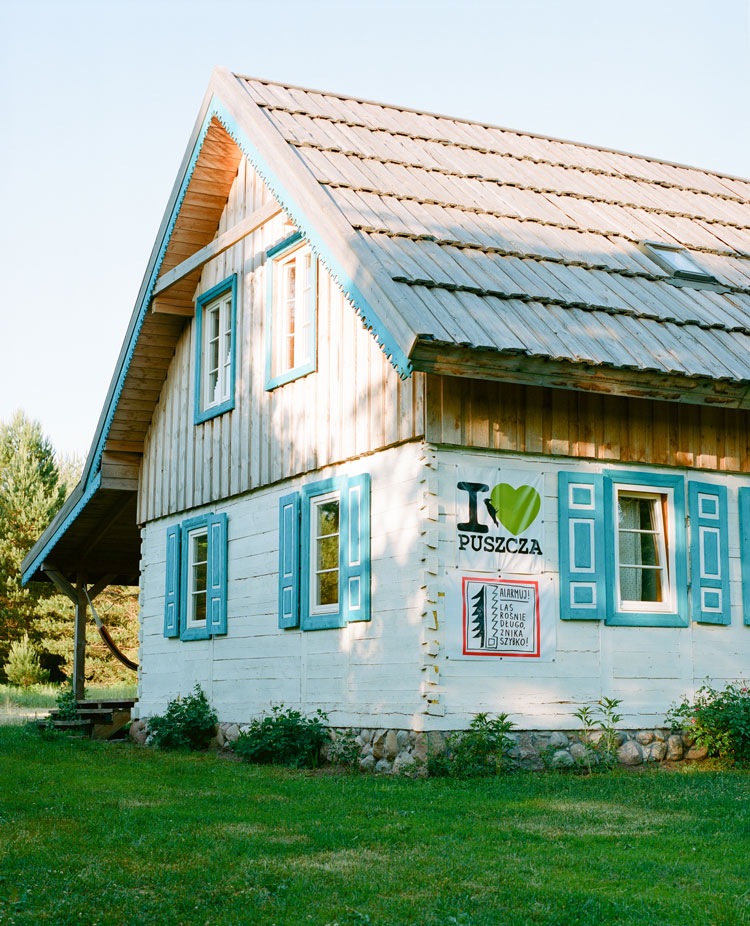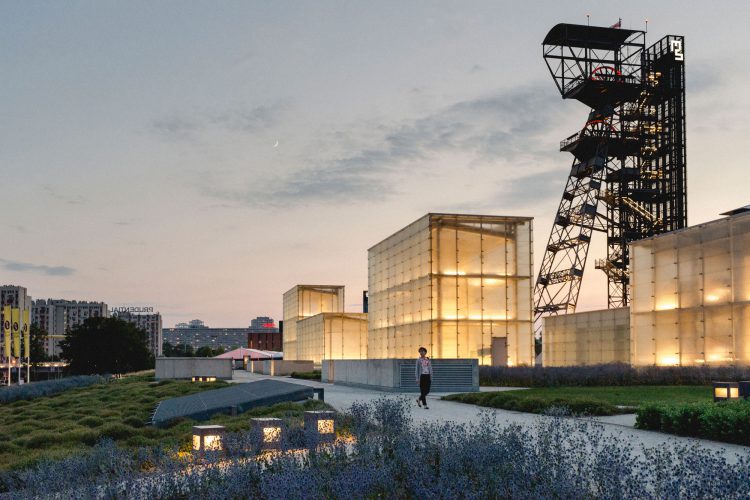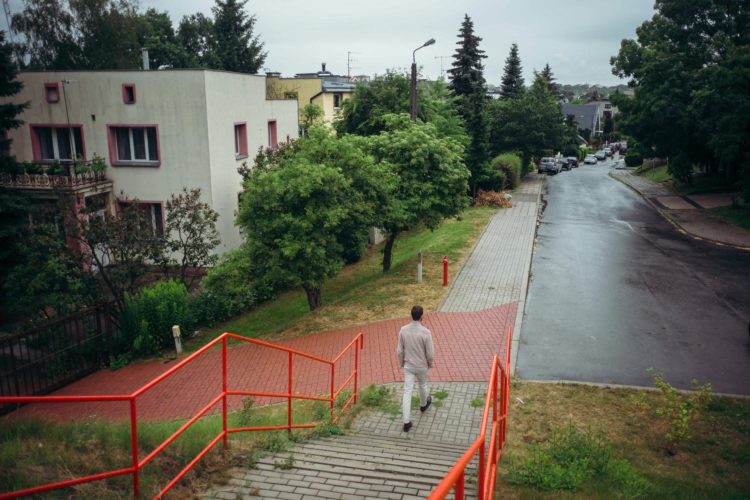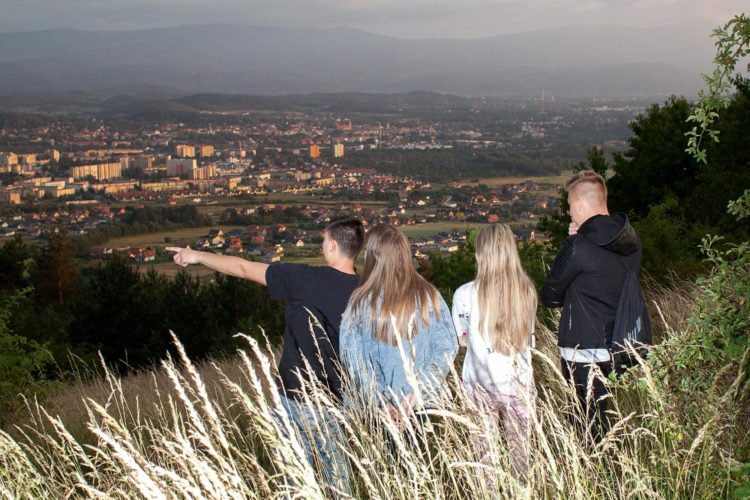Białowieża forest: A debated neck of the woods
Path leading to the Białowieża forest at dawn © Nicolas Blandin
With 150,000 hectares of pure nature, 10,000 years of history and the last bison in Europe, the Białowieża forest in the east of Poland is one of the best preserved in the continent. So in 2016, when the Polish government decided to triple the rate of deforestation, the country was split in two. We met with locals to understand their relationship to this green oasis.
“It must have been more or less 118 years old when it was cut down,” says Ewa, sounding not unlike a coroner. She has just finished counting the concentric circles of a recently-chopped fir tree trunk or, as she calls it, “reading the tree”. “Deforestation operations started slowly and then became more intense later on. I don’t remember having seen anything like it before.”
Back to the roots
A handful of kilometres further up north, a dense labyrinth of oaks, alder trees and 100-year-old lindens majestically grow on the carcasses of their ancestors. Three young European bison graze in the silence of the sunset, broken only by the chirping of birds. Some trunks fall victim to the regular pecks of white-backed woodpeckers. Deep in eastern Poland and a few kilometres from the Belarusian border, the primeval natural forest Białowieża combines both life and death in a dynamic equilibrium that allows the forest to regenerate time and time again. Two thousand years ago, Europe must have looked more or less the same.
The world, especially the scientific one, admires and envies this strip of land whose past was made up of rare species and century-old trees. “This forest is the reason I’m here,” Ewa Zin, a 36-year-old researcher at the Forest Research Institute in Białowieża, confides in me. While studying and working abroad, she realised how profound her relationship to the forest was. “It’s what I’ve missed the most throughout my travels. Some people only come here to see the red-breasted flycatchers or the white-backed woodpecker, which they can’t find in their countries. Being far away, I realised how special this place is.”
The passion with which she speaks about the forest where she was born 36 years ago shines through her turquoise-coloured eyes. Her gaze is constantly searching through the dense vegetation that divides the Białowieża National Park, the oldest in Poland, to find one of the over 800 protected vascular plant species or any of the 650 European bison, which can only be admired in this forest. Białowieża’s biodiversity, something unique in Europe, has been its salvation until now.
A European battle
The rate of deforestation increased in 2017 when the former Minister of Environment Jan Szyszko decided to triple the amount of trees being cut down, notably around the ultra-protected area where no intervention is allowed. He was alarmed by an outbreak of bark pests that hadn’t been seen since World War II. A barrier almost two metres high and inaccessible to visitors separates the forest from neighbouring Belarus.
The measures triggered strong reactions from both the ecological and scientific world, who were convinced that human intervention would threaten the whole ecosystem of the natural forest. And that is how the environmental movement ‘Save Białowieża’ was born: at the forefront of organising protests, some of which were forcibly stopped. Since 2017 until today, the protests have led dozens of activists to trial, although many have already been acquitted.
The opinion on the forest’s future has never been so neatly divided into two camps: to intervene with targeted deforestation plans or “let nature follow its course”?
Formally opposing the decision of the Polish government, the European Commission called for an immediate stop of large-scale deforestation in April 2017 in a “Nature 2000” site like the one of Białowieża, a protection area created by the European Union for the conservation of habitats and species. The Białowieża case has become emblematic of a deep rift that has divided the Polish government from European institutions since 2015.
The initiation of an infringement procedure didn’t stop the Polish government’s deforestation project. One year later, the ruling of the Court of Justice of the European Union was issued, which unequivocally declared Poland as responsible for failing to protect the area and therefore responsible for unnecessary logging. Until then, activists from Obóz dla Puszczy (Fight for the Forest) found that 190,000 cubic metres of wood – four times the annual average production of the forest – had already been stacked. And here they are, a cumbersome presence that is striking for each visitor that walks through the forest’s paths.
“How will they ever understand our forest?”
A poster stuck on two poles in the centre of the tiny village of Teremiski, a stone’s throw away from Białowieża, harshly condemns the environmentalists who established their headquarters here in 2017. It reads: “Pseudo-ecologists: Keep your dirty hands away from the forest.” Signed, “the residents”.
“I don’t understand how the opinion of someone who has never lived here counts more than mine. How will they ever understand our forest?” Walentyna spurts angrily, donning a dressing gown at the doorstep of her home, a few steps away from the poster. Intrigued by the conversation, her neighbour Andrzej who wears a coffee-coloured forest ranger uniform, interjects: “We have been taking care of the forest for generations and now that it’s suffering they tell us we musn’t intervene. They paint us as murderers of the forest, while we are the only ones to protect it.” Some residents do not only point their fingers at the environmentalists camped out here, but also at the scientific community, guilty of wanting to transform the forest into a laboratory with restricted access.
“They paint us as murderers of the forest, while we are the only ones to protect it.”
The biologist Elżbieta Malzahn has fought to protect the Białowieża forest for a long time. She’s been living in a postwar cottage built for officials of the British timber enterprise Century for 49 years together with her husband Przemysław. Next year, they will be celebrating their 50th wedding anniversary, but the forest’s future is something the couple will never agree on. “Historical inhabitants and their families were accustomed to getting privileged access to the resources of the forest,” Elżbieta says, sat in the living room adorned with her husband’s hunting trophies. Among the century-old trees there was honey, mushrooms and aromatic herbs to be harvested. “That’s why you need to involve them and not make them feel excluded from the forest, for its protection.”
Elżbieta has been working at the Białowieża Forest Research Institute since she got her degree in Warsaw. Her husband often interrupts her and vice versa. There is an exchange without tension, a disagreement that seems to have become somewhat of a habit. With his white pointed eyelashes and a cigarette in his mouth, Przemysław moves his hands in all sorts of directions, consumed by his work as head of the local forestry, an authoritative position in the village that was introduced “right after the priest and right before the doctor.” Przemysław is retired but holds on to his ideas of how the forest should be managed. “I am in favour of human intervention, without us it would be lost forever.”
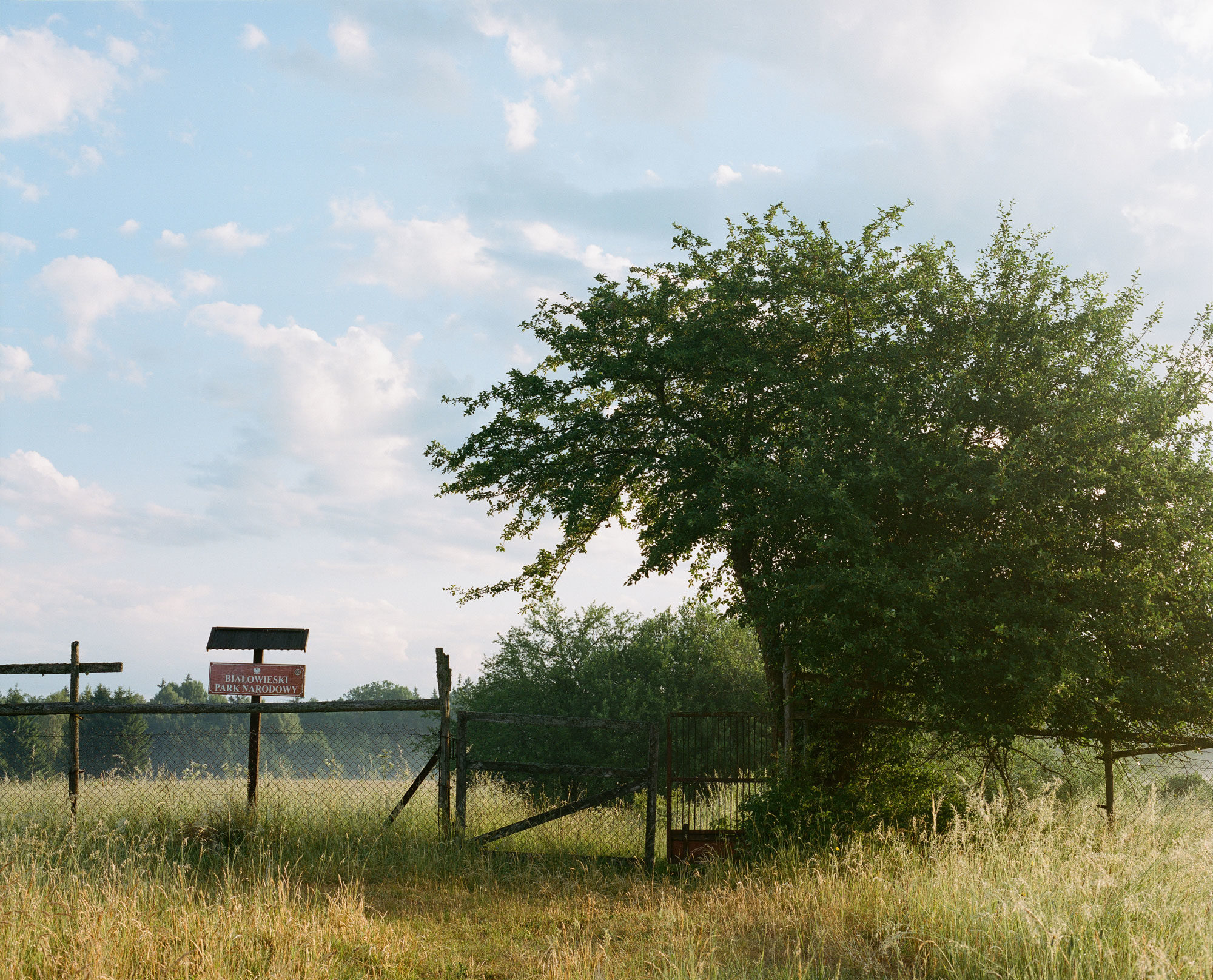
Hajnòwka, the heart of it all
Hajnówka, capital of the county where the primeval Białowieża forest is found, can be accessed by a road surrounded by infinite shades of green. Here, two thirds of the workforce are employed by the forest management, agriculture or industry.
40-year-old Tomasz Onikijuk’s grandfather was cutting wood not far from here, helped by his son. Tomasz actively took part in the 2016 protests to halt deforestation, a dissonance that made it impossible to confront the future of the forest, even within his family. “Hajnówka was founded on the forest grounds and its exploitation. Many people think that there is no future without sawmills,” says Tomasz, pouring hot water on the aromatic herbs he has collected.
2016 profoundly changed his relationship to his town, forcing the filmmaker to tuck away his camera and focus on his relationship to the forest. His short-term project is to move with his partner and daughters to a less populated area: “We want to live off the forest as well, but in a more spiritual sense, accompanying people and organising discovery experiences.”
“We want to live off the forest as well, but in a more spiritual sense.”
Hajnówka brings together all the major complexities that are linked to the forest’s future. For years, according to the latest data from the local labour office, the county has had one of the lowest birth rates in Poland and an unemployment rate above the national average (8.3% compared to the average 7.8%). The scarcity of jobs is a recurring argument from those who are keen to exploit the forest’s resources, hampering the chances of the area potentially ‘converting’ to tourism.
“In 2016, Białowieża’s tourism revenues reached almost 70 million zloty (about 17 million euros, e.d.), an amount much higher than revenue from timber harvesting,” says professor Tomasz Wesołowski, a biologist who has spent the past 26 years dedicating his free time to the forest and giving lectures on the topic at the University of Wrocław. Every spring from the garden of his apartment, Tomasz releases data from State Forests, the managing body of the forest (except for the national park area). State Forests has often been in favour of intervention and currently employs more than 150 people around the district. “Despite the increase in timber production, administering the Białowieża forest costs about 20 million zloty (5 million euros, e.d.) in public subsidies, most of which goes to wages.”
Professor Wesołowski leads a quiet, routine life in Białowieża. In the morning, he collects data among the old oaks and rare birds. In the afternoon, he meets with the residents. According to him, the variety of communities that inhabit this border land – including the Belarusian minority – has a strong influence on the debate around forest protection. “I ask, I listen, I speak. I try to understand the reasons and the discrimination, the identities at stake.”
“The forest belongs to future generations”
Ewa Zin loves reading trees as much as the books she keeps scattered around her house. Her roots are deeply entrenched in Hajnówka’s soil, the town where her great-grandfather was sent to work in a sawmill and home to marcinek, a cake composed of at least 20 layers of cream that Ewa counts rigorously. She could have chosen the road to the most prestigious universities around the continent, but instead she chose to live in this town of 2,000 souls for the unique forest. “I’m afraid that the discussion on the future of Białowieża is based on feelings rather than facts,” she admits, visibly worried while she pushes her tea mug. “In my own way, I have been called upon to find scientific answers to the complex questions that the forest poses to us.”
If this forest is still so special, it is largely thanks to the powers that were – king and tsar – who protected it as their hunting reserve for centuries. But who does this oasis of greenery belong to today? Ewa has no doubts: “As certified by UNESCO in 1979, it is everyone’s heritage, the global community.” Not even 24 hours later, with her binoculars strapped around her neck and the smell of fresh bison grass englobing the early hours of the morning, she comes back to the question: “If you are asking me who must decide, I don’t know. But the forest isn’t really about everyone. The Białowieża forest belongs, above all, to the future generations.”
Małgorzata Wójcicka and Marta Szysko contributed reporting.




